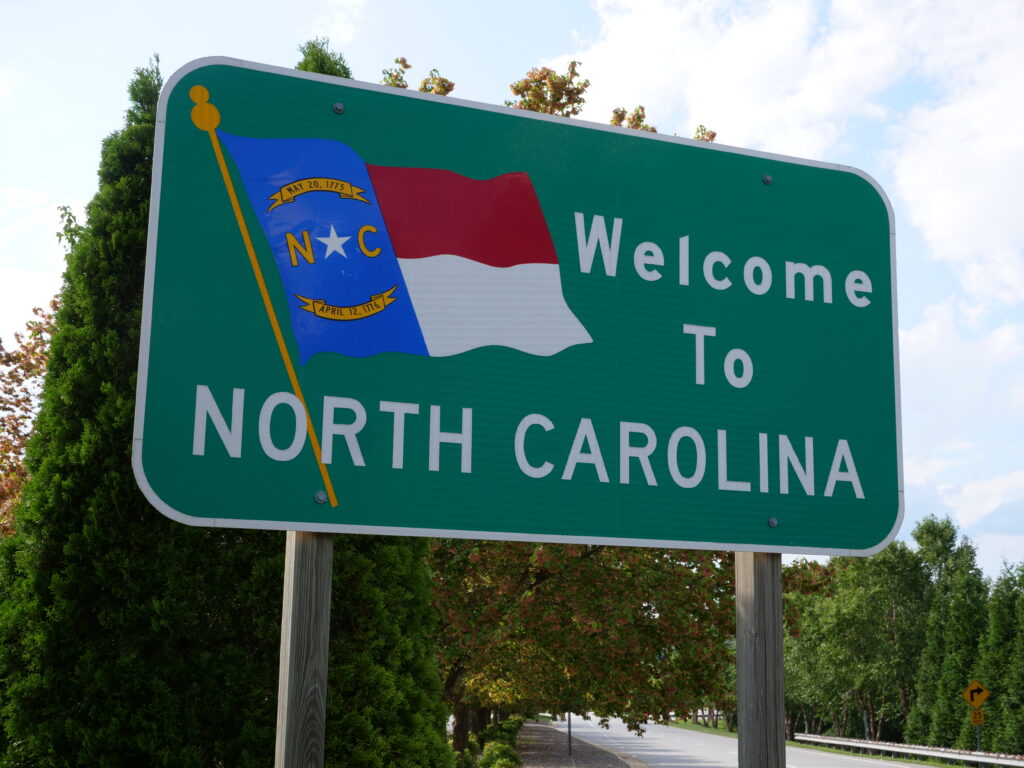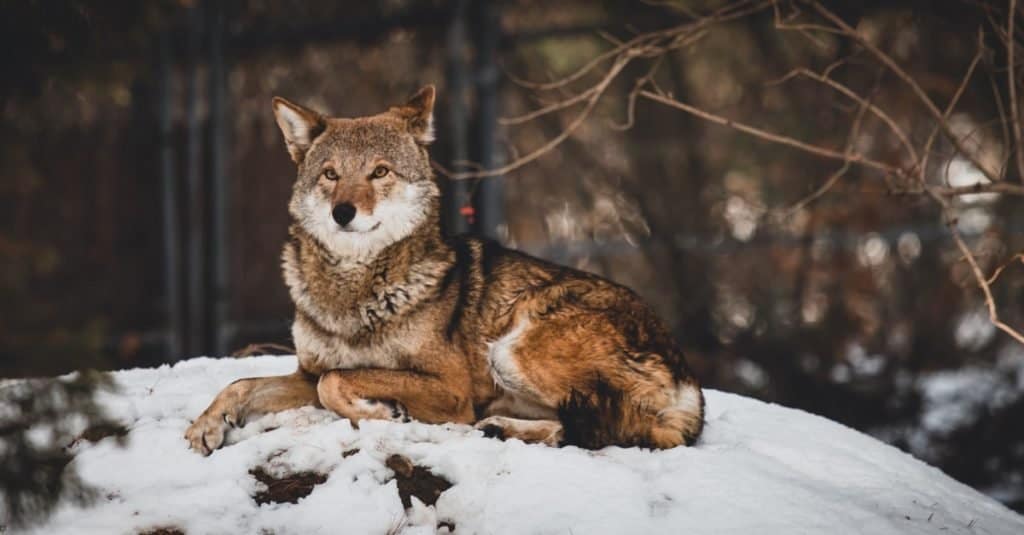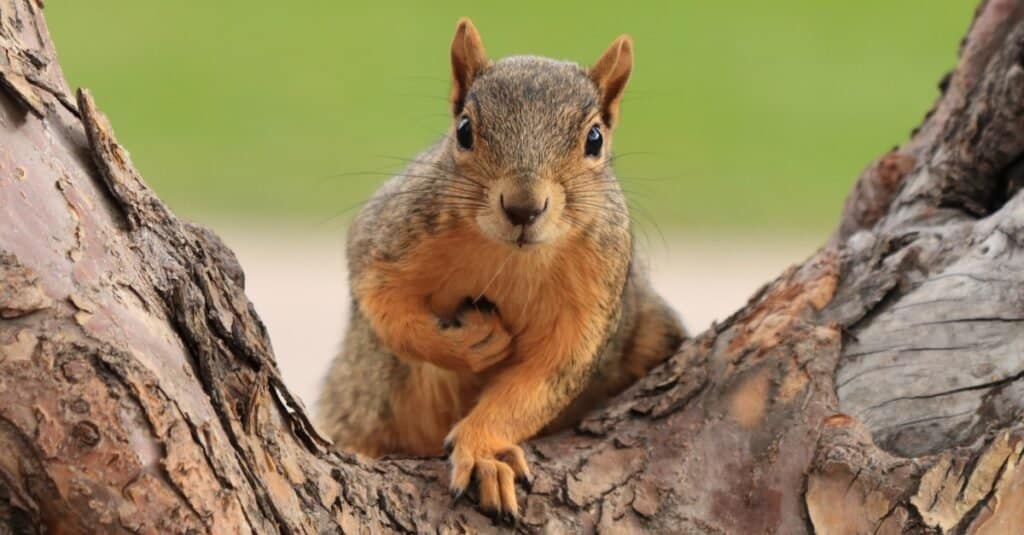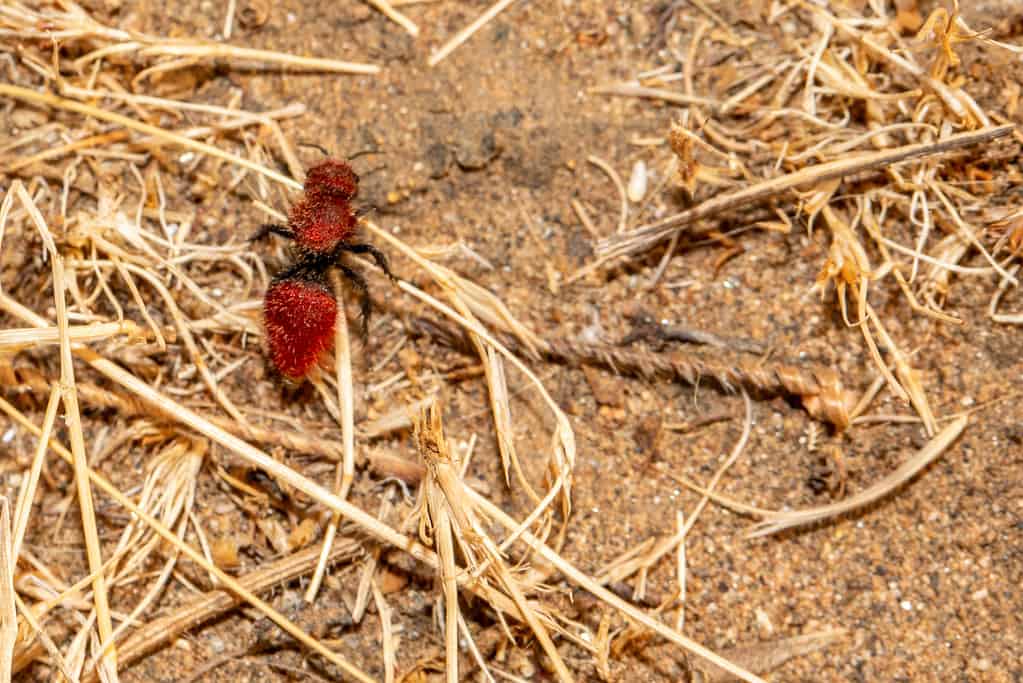Every state, no matter how old it is, has its own rich history. From how it became part of the United States to its name, there’s no end to the information available to learn about your home state or the surrounding areas. And North Carolina is no exception. Keep reading below to learn just how North Carolina got its name. But first, it’s important to understand the history of the state.
Ready to learn more? Let’s dive in!

North Carolina earned its name from Charles II.
©iStock.com/albertc111
North Carolina History
Humans have occupied North Carolina for over ten thousand years. Prior to the Europeans who colonized the land in more recent history, the land that became North Carolina as we know it belonged to several different Indigenous nations. Over time, a variety of different people settled into the state, namely those of the Mississippi culture and from the Great Lakes.
It wasn’t until the late 16th century that Europeans finally recorded making contact on the land with the native inhabitants. Spanish explorers had made note of interacting with Mississippian culture people at Joara. This was a large settlement located in present-day Burke County, North Carolina, in the western part of the state. Captain Juan Pardo established Fort San Juan in this area, leaving members of his Spanish crew to occupy it. A year after this, in 1568, many of the forts created by Pado were destroyed by the Indigenous people nearby.
English Settlement in North Carolina
England became a notable part of North Carolina’s history in 1584, when Elizabeth I, the reigning queen at the time, allotted land in the not-yet state to Sir Walter Raleigh. This is whom the state capital is named for. Raleigh established two colonies in North Carolina, both of which failed, with one becoming the famed Lost Colony of Roanoke Island. However, of these colonies came Virginia Dare, the first English citizen born in America.
In the next century, as early as the 1650s, Englishmen from the Virginia colony began to move southward, settling in the Albemarle Sound region. Around this same time, in 1663, King Charles II of England sent for a new colony in North Carolina.
In 1712, after territory concerns and disputes, the then North Carolina would split away from South Carolina. It then became an official crown colony in 1729. During this transitional period, other essential aspects of North Carolina history emerged as well, including the reign and death of Blackbeard in 1718; the creation of Bath, North Carolina’s first town in 1705; and Cary’s Rebellion in 1711.
Revolutionary War Period
During the time of the Revolutionary War, North Carolina was split, Much of the eastern side of the state remained loyal to England, while the western side wanted American freedom. This became so notable that Mecklenburg County, home to North Carolina’s current most populated city, became known as “a hornet’s nest” by Loyalists. This name sticks even today, as seen from the name of the Charlotte NBA team.
Although a small city today, King’s Mountain played a large role in the war thanks to a major American victory occurring here.
Civil War Period
As with many states throughout the budding country following the Revolutionary War, North Carolina had a large population of slaves. However, the state didn’t join the Confederacy until then-president Abraham Lincoln sent an order for North Carolina to invade South Carolina. The state seceded on May 20th, 1861. While around 125,000 citizens of the state joined the Confederate Army, many left the state to join the Union. In the far western region of the state, in the Appalachians, many remained neutral.
20th Century and Beyond
Following the Civil War, in 1907, Wilbur and Orville Wright flew into history by piloting the world’s first plane at Kill Devils Hills. Like many other states at the time, the early 1900s brought with it a shift to industrialization over agriculture. In 1959, Research Triangle Park was established.
North Carolina is also home to the Greensboro sit-ins of the Civil Rights Movement.
How Did North Carolina Get Its Name?
In order to know how North Carolina got its name, you’ll have to think back to the history you learned above.
Before it was North Carolina, this state included territory that now belongs to many other modern states, such as South Carolina. Before becoming its own location, this area was simply known as Carolina. For many, this was thought to be a reference to Charles I.
However, once Charles II began allotting land to individuals, the name Carolina was used definitively to describe this land. As a result, the state was later named in Charles II’s honor, becoming North Carolina once the territory was divided and boundaries settled between the state and South Carolina.
How Did North Carolina Get Its Nickname?
The nickname for North Carolina is the “Tar Heel State.”
The root of the name lies in North Caroline’s production past. Tar and pitch were valuable resources found in and exported from North Carolina. Then arose a tale of Lord Cornwallis’s troops. According to this account, the soldiers walked through the tar river and emerged with the substance on their feet. The tar had been dumped in a hasty attempt to stop the British.
As of now, this story is more myth and legend than true nonfiction.
Bonus: Why Do People Call North Carolina Cackalacky?
North Carolina has a second nickname that doesn’t roll off the tongue quite as nicely.
You may have heard the state referred to as “North Cackalacky” either in songs or product branding. The name could have several possible origins. The first would be gospel songs that originated in the South around the 1930s, in which the phrase “clanka lanka” was chanted.
Another possible explanation is that two words, one Cherokee (tsalaki), and one Scottish (cockaleekie) were melded into one. A third possibility is that it was created to poke fun at North Carolinians. Whatever the case, it’s an interesting moniker, to say the least.
Wildlife in North Carolina
Along with a rich history, North Carolina is home to a wide variety of wildlife. From its ancient mountains to the west and its coastlines to the east, several diverse habitats throughout the state let some incredibly rare animals thrive. Below, meet some of the wildlife of North Carolina.
Red Wolf (Canis rufus)
The red wolf is a critically endangered species of wolf that was once widespread across the southeastern region of the United States. Today, there have been many reintroduced populations across the different states in this region, though few have thrived the way that the North Carolina population has.
Today, there are between 15 to 17 wild wolves left in the Alligator River National Wildlife Refuge, where they were first reintroduced several decades ago. Although there have been declines in the original reintroduced population, new wild litters are being born, and further protections are being placed to help these amazing animals continue to grow in their native home.

The red wolf is a critically endangered species of wolf that was once widespread across the southeastern region of the U.S.
©mruizseda/Shutterstock.com
Fox Squirrel (Sciurus niger)
At first glance, the fox squirrel may seem like a typical red or grey squirrel in North Carolina. However, as adults, this species is the largest species of tree squirrel native to North America. Thus they’re much larger than other squirrels in the state. They can grow to be up to 30 inches in length. That’s double the length of a bowling pin!
They may also be known as the eastern fox squirrel or Bryant’s fox squirrel. Despite being a species of tree squirrel, they spend the majority of their time on the ground, more so than other species.

Fox squirrel is the largest species of tree squirrel native to North America.
©Vaclav Matous/Shutterstock.com
Red Velvet Ant (Dasymutilla occidentalis)
The red velvet ant is known by many names, including the “eastern velvet ant,” “cow ant,” or “cow killer.” However, this species isn’t actually an ant, despite what it’s called. Instead, it’s a species of parasitoid wasp found only in the eastern region of the United States. Females are wingless, which can cause them to be mistaken for true ant species.
The red velvet ant has a variety of different ways to defend itself, including the painful sting that earned it the name “cow killer.” Some other methods of protection are their exoskeleton, speed, and bright red and black coloration.

The red velvet ant is a species of parasitoid wasp found only in the eastern region of the United States.
©Warren Parker/Shutterstock.com
Cape Fear Shiner (Notropis mekistocholas)
The Cape Fear shiner is an endemic species in North Carolina. This means that you can only find these interesting little fish in this state. It is a freshwater fish in the minnow family and is found only in the Upper Cape Fear River Basin. The Cape Fear shiner is known for forming mixed schools with other species of minnow.
It has been an endangered species since 2013. Prior to this, it was listed as a critically endangered species in 1996.

The Cape Fear Shiner is found only in the Upper Cape Fear River Basin.
©Gary C. Tognoni/Shutterstock.com
North American River Otter (Lontra canadensis)
The North American river otter is a species of otter found in Canada and the United States, including North Carolina. It is also known as the northern river otter and river otter, and it is only found in North America. In the river systems they call home, they are strong predators feeding on everything from fish to birds. There have even been reports of them drowning and eating larger prey like dogs!
The northern river otter is a species of least concern. They can be found throughout the entirety of North Carolina. There are seven different subspecies, each one varying in its geographical location.

The North American river otter is a species of otter found in Canada and the United States, including North Carolina.
©iStock.com/Mirko_Rosenau
The photo featured at the top of this post is © Alexander Lukatskiy/Shutterstock.com
Thank you for reading! Have some feedback for us? Contact the AZ Animals editorial team.






